Behind the Lens – Joe Clarke
by Alex W.
Behind the Lens is an ongoing series of articles and interviews exploring the thought process behind successful and excellent photographers. It brings you behind the lens of a particularly excellent image and explains the technical and creative elements that went into creating the photograph.
You can find the rest of our inspiring Behind the Lens series here.
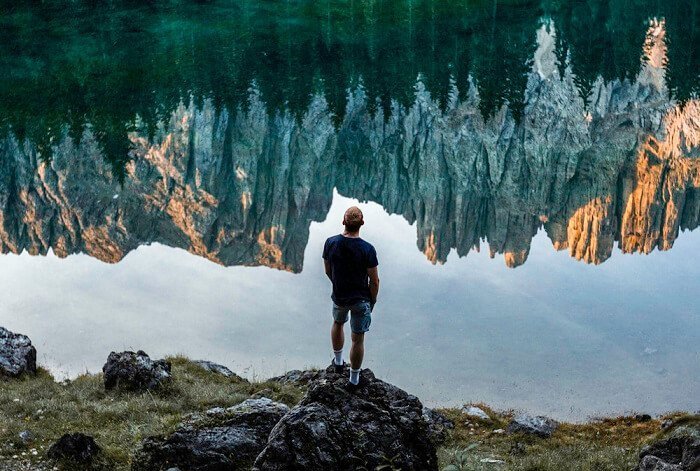
This week on Behind the Lens we chat to Joe Clarke, a landscape photographer based in London, UK. Joe spends much of his photographic time travelling to some of the most beautiful locations in Europe, with a lot of his work focusing around Iceland and the Dolomites.
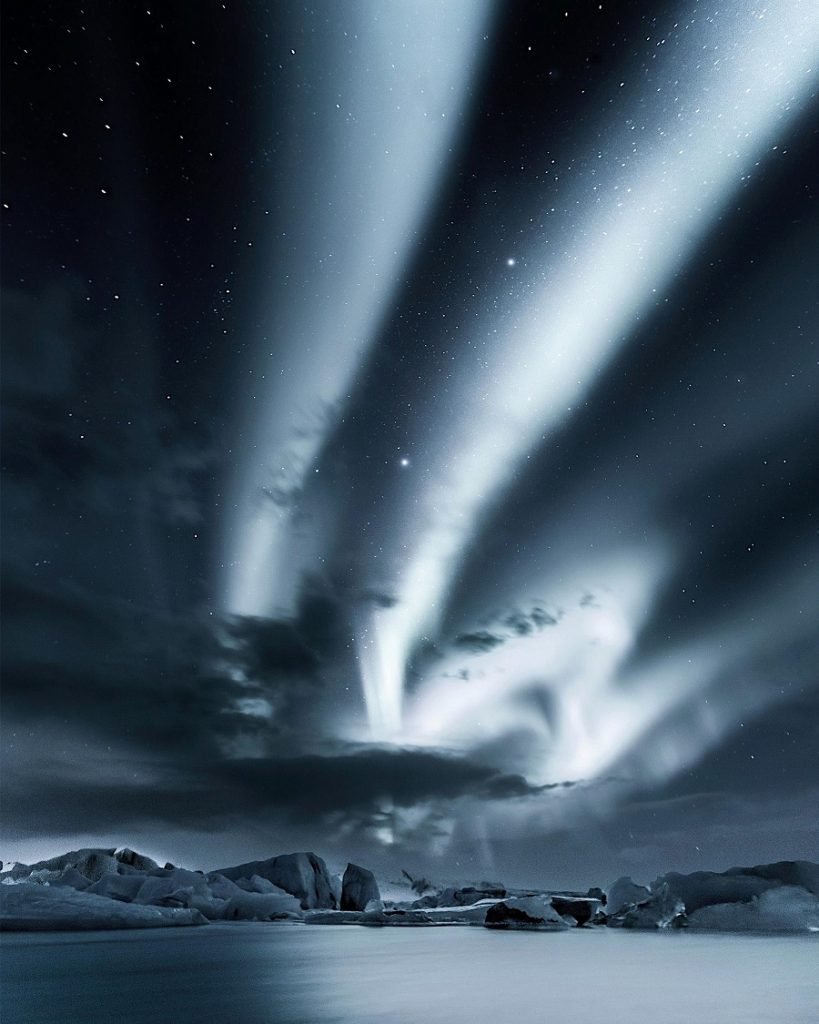
Click and Learn Photography: Hi Joe, firstly can you tell us a bit about yourself? How long have you been a photographer and what attracted you to it in the first place?
Joe: Hi my name is Joe Clarke and I’m a 26 year old photographer based out of London, UK. I primarily work for a design agency here in London but in the last couple of years have started to take my photography on the side more seriously.
I’ve always liked taking photos though ever since I was little and remember falling in love with the process of developing film in my art class at school. I began playing around with my dad’s old Canon AE-1, and having grown up in the countryside, found myself drawn to the outdoors and combining this love for landscapes with my love for photography.
Click and Learn: Now, it’s obvious that this image wasn’t taken anywhere near London! You seem particularly drawn to Iceland as a photographer, and you’ve made a bold move by producing a black and white image of Auroras Borealis here. Honestly, it’s something I never would have considered doing but it works incredibly well.
Could you tell us a bit of the story behind this image? Was the black and white processing a purposeful move to try and produce a fresh image of a well photographed location?
Joe: Thank you! Yes I’d been drawn to Iceland for a long time for obvious reasons and Jokulsarlon was at the top of my list to visit. I arrived there in the middle of the afternoon though and couldn’t believe how many people were there, all taking photos in the same place so I decided to wait it out till the crowds left.
My friend and I were eventually the only people there, long after dark and we were lucky enough to have clear skies overhead but even luckier to see the Aurora Borealis appearing from behind the mountains in the distance. It was my first time seeing the Aurora and after a good while just standing and staring, I set up my camera to try and capture the moment. I had to move a few times to find a clearing in the lagoon as blocks of ice kept floating in front of the camera but I was eventually happy with the final result.
In terms of black and white processing, I think you’re right about trying to produce a fresh image – it’s something I try and do with all my photos, but the more popular a location, the harder it becomes to do. In this case, by removing the colour, you focus more on the composition, the shape of the Aurora and how much it contrasts with the dark night sky. Without the familiar green hue, I think it feels almost otherworldly!
Click and Learn: You’re right. You never really think about how the Aurora’s colour could actually be detracting from an image, but when it’s removed the actual form and shape of the lights really works beautifully against the dark night sky. Combined with the silver tones on the lagoon and ice blocks it really does give a fresh look on a well shot location.
The majority of your portfolio tends to centre around Iceland and the Dolomites, both of which can be seen as bucket list locations for the landscape photographer. Do you tend to do the majority of your photography when away travelling or do you also find time and inspiration to shoot closer to home?
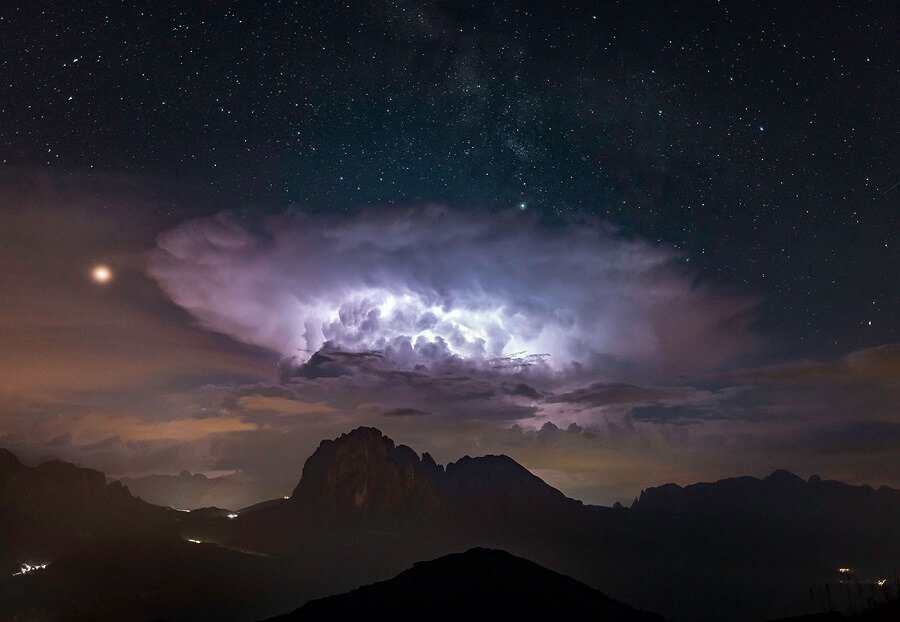
Joe: I do take my camera out with me closer to home but I think a lot of the enjoyment I get out of landscape photography comes from exploring new places, seeing things for the first time and trying to capture the feeling of that moment.
I like the challenge of shooting a location I don’t know much about; which viewpoints are best or when to be at a certain place for example, I think it helps in getting a more unique shot, or at least a more personal representation.
When my friend a I visited Iceland a couple of years ago, we just booked the flights and a car and landed in Reykjavik without a plan, which in some ways isn’t the best idea, but it actually meant that we would find ourselves stumbling across some of the most incredible locations in the middle of nowhere, that wouldn’t be in any travel guide and without another sole in sight. I think it’s this sense of unknowing and adventure that you can only get from your first time exploring somewhere and so often leads to the most intriguing images.
Click and Learn: That’s a great way to approach photography. Far too many landscape photographers head out to just get that iconic shot in the bag and end up disillusioned because they’re sharing the scene with 20 other photographers getting the exact same shot. It’s also got to be a more fun way to explore a new country than blindly following the tourist trails!
Leading on from your black and white Aurora image, your style of processing does tend to make your images stand out from the crowd in general, especially your astrophotography shots. Are there any particular programmes or techniques you use to work towards the final image in your head?
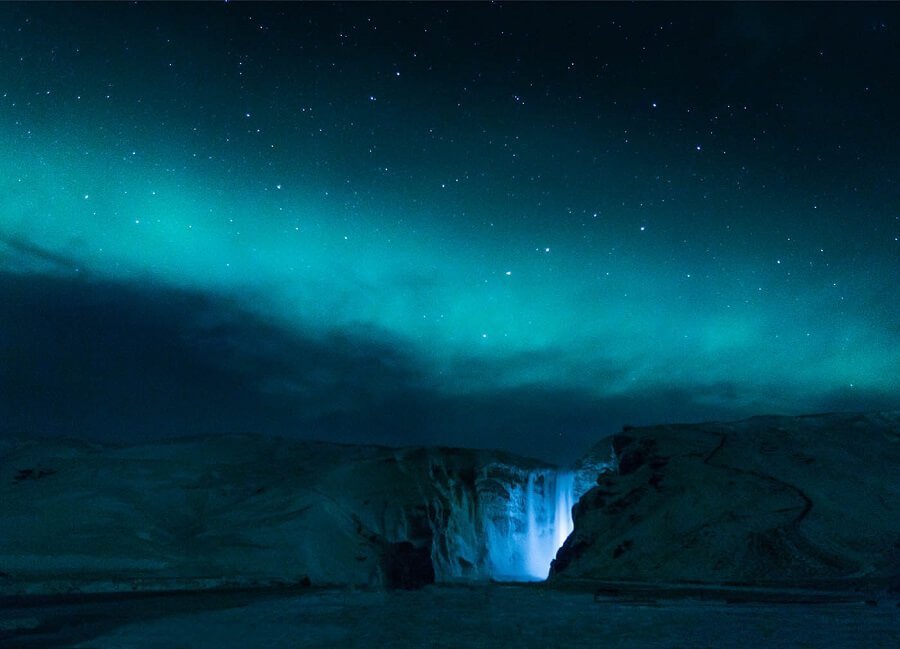
Joe: To be honest, I don’t really have any specific techniques when it comes to processing. I like to treat each photo individually and depending on the scene, the editing process can vary quite a bit. I think the main thing I have in my head is how can I emphasise the photo slightly to create the most visually compelling or unusual image, sometimes even otherworldly. Of course most of the work is done by shooting a captivating scene though or capturing light in a particularly compelling way and it just becomes about how you can subtly reproduce the magic of that moment.
Click and Learn: Approaching each image individually, I find, is a much better way than getting into something of a rut and processing the same way no matter what the image.
Obviously all the hard work is done in the field though, but standing in some of the most epic locations on the planet is a pretty good starting point! Do you have any more upcoming travel plans in mind? Will you be heading back to the Dolomites and Iceland or are you looking at some fresh locations to keep the adventurous side of things going?
Joe: Yes I’ve got a few ideas for upcoming trips actually, the main one being Norway this summer. I’ve always wanted to see the fjords up there and I’m planning to fly to Tromsø and just set off and explore. It’ll be daylight for 24 hours a day which I’m sure will be quite surreal but there should be some great light in the long twilight hours!
In the mean-time, I’m planning to revisit the Lake District soon. I went there once when I was much younger and without a camera so I’m looking forward to returning to see what I can find.
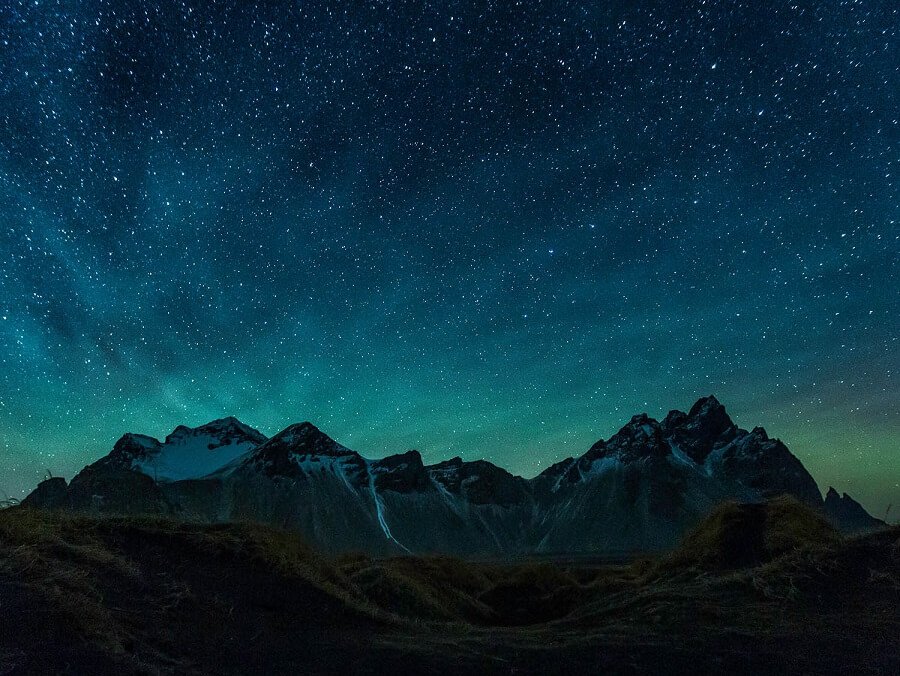
Click and Learn: Tromso looks an incredible place to visit, and another one of those locations that makes it a real challenge to come away with something fresh. I’m guessing you enjoy that challenge of trying to spot compositions and scenes that other photographers have missed? For the less experienced photographers out there, do you have any tips for finding these fresh images and compositions in well travelled locations?
Joe: Exactly, it’s no surprise that these locations are so popular with photographers but I’d never be put off by this, they’re obviously incredible places to experience and it’s fun to try and capture them in your own way.
In terms of tips for finding fresh images in well travelled locations, I think the point I mentioned before about limiting your planning and just going on a drive or a hike to explore can lead to finding some great things. It’s also important to always keep an eye on how the light is changing as it can quickly transform an uninteresting scene into a beautiful one.
I remember being at the top of Seceda in the Dolomites as the sun was setting and there were about 15 other photographers up there all shooting the famous peaks from the same spot. I started looking around for other views and notice a rainbow appearing behind us as a storm was rolling in in the distance. I took a couple of shots before it quickly disappeared again, I don’t think anyone else had even noticed it so it definitely pays to not always focus on the obvious.
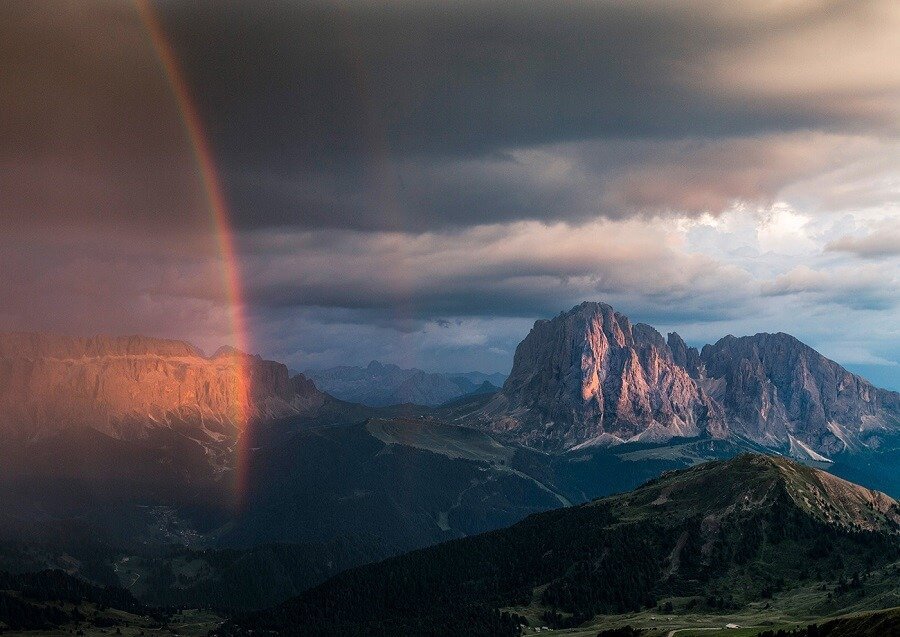
Click and Learn: One of the first tips I ever heard in landscape photography was to always look behind me, and that definitely seems to have paid off with you there!So we know you’re planning a few more trips to some incredibly places in the future, but do you have any future ideas and plans for your photography in the pipeline (eg projects, exhibitions, ideas etc).
Joe: Right now I’m just focusing on building my portfolio and trying to travel to as many new places as possible. I’d love to host an exhibition of my work so I’m hoping it’s something I’m going to focus on making a reality after Norway.
I’ve actually also recently been shooting some medium format film which is something I’ve been wanting to do for a while and now and intend to do much more of. It’s so different to shooting digital and only having 10 shots per roll of film seems crazy compared to the thousands you can take on a memory card but it forces you to slow down and take your time over each shot, which can often result in more considered images and there’s just something about the look and feel of a medium format photograph that seems so special. It’s pretty impractical though and can get quite expensive so I think I’ll stick to digital on the upcoming trips…
Click and Learn: Yes I can imagine hauling a medium format camera around Norway might be a bit inconvenient, although you’re definitely right about it lending a certain feel to the images.
Thanks for talking to us Joe and good luck on your travels. We’re looking forward to seeing the images from your upcoming trips and hopefully hearing about an exhibition in the near future!
Joe: No worries thanks a lot for this Alex, it’s been fun answering these questions!
-
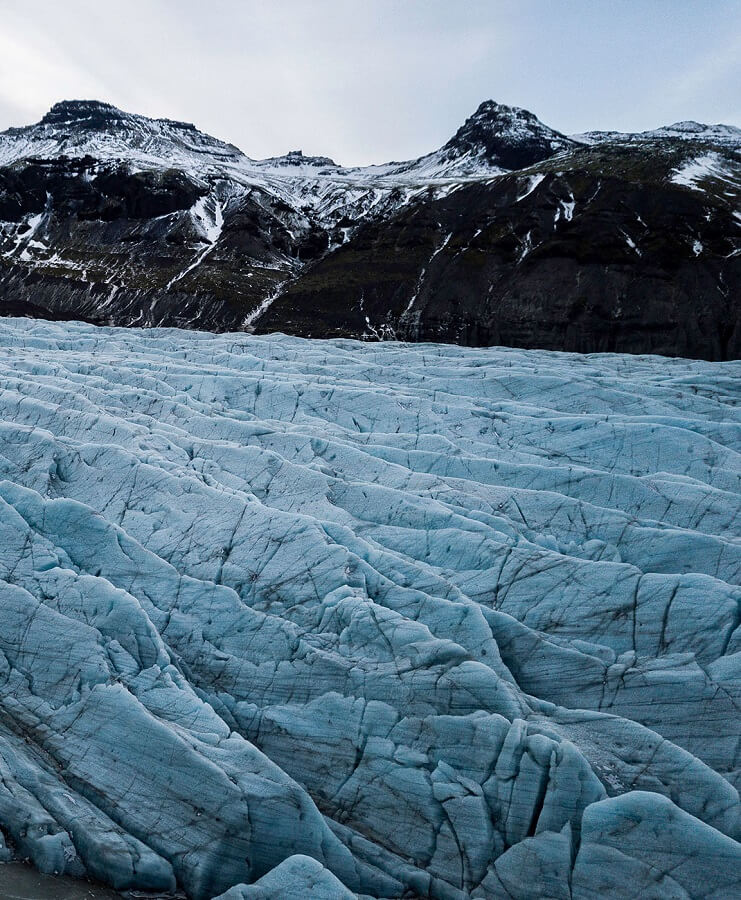
Behind The Lens Joe Clarke Landscape Photography -

Behind The Lens Joe Clarke Landscape Photography -
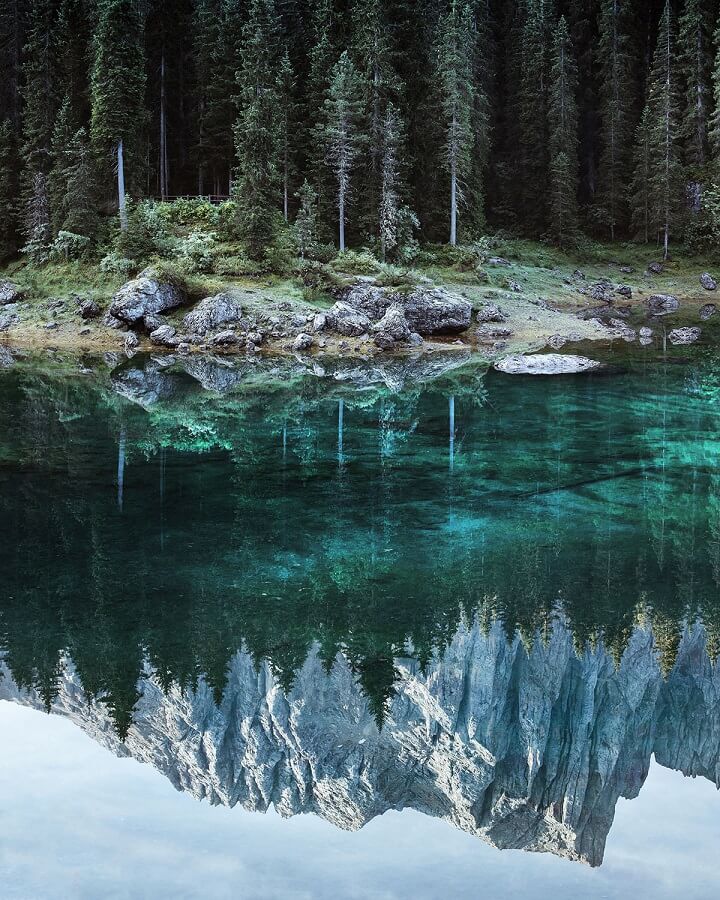
Behind The Lens Joe Clarke Landscape Photography -
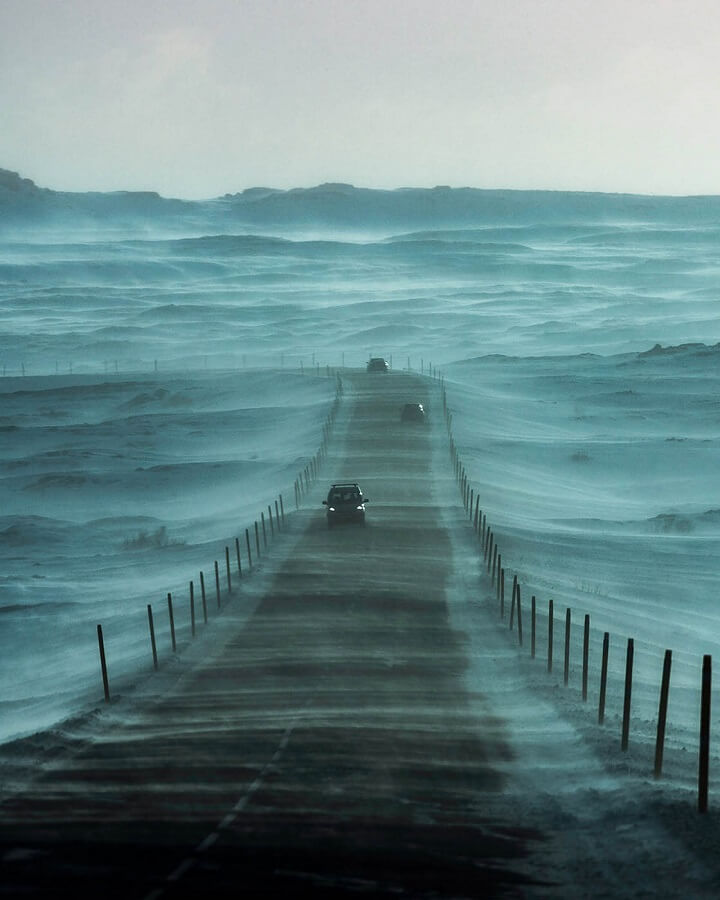
Behind The Lens Joe Clarke Landscape Photography
Read More…
Ultimate Guide to Landscape Photography Pt 4 – On Location
Best Camera Bags for Photographers
Behind the Lens with Alex Pflaum
 |
 |
 |
 |

About Alex W.
Alex is the owner and lead writer for Click and Learn Photography. An avid landscape, equine, and pet photographer living and working in the beautiful Lake District, UK, Alex has had his work featured in a number of high profile publications, including the Take a View Landscape Photographer of the Year, Outdoor Photographer of the Year, and Amateur Photographer Magazine.
Thoughts on "Behind the Lens – Joe Clarke"
 |
 |
 |
 |
You can Get FREE Gifts. Furthermore, Free Items here. Disable Ad Blocker to receive them all.
Once done, hit anything below
 |
 |
 |
 |